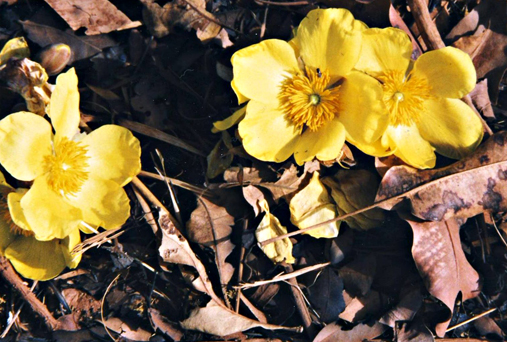This is a plant of widespread occurence in the savannah and scrub land throughout the drier parts of the West African region. The plant has been reported to be used as traditional medicine in Ivory Coast, Ghana, Nigeria, Gambia, Guinea, Senegal, Burkina Faso and Mali. The roots are the most frequently used parts of the plant and traditionally they are used in the treatment of various types of illnesses. Malaria, jaundice or liverish fevers are reported as the main indications. In Mali the roots are also widely used against gastric ulcer and as a remedy for improving gastrointestinal health.
A hot water extract, essential oils and an ethanolic fraction of C. tinctorium roots have shown antimalarial activities. A coumaryl derivative, an alphitolic acid and a related betulinic acid has been identified as antiplasmodial compounds. In a search for potential new disinfectants or antiseptics, C. tinctorium was regarded as a promising candidate as the EtOH extract inhibited viral replication of Herpex simplex virus type I in vitro. Another study has shown anti-bacterial (E. coli) and anti-fungal (Candida albicans, Aspergillus fumigatus) effects by two apocarotenoids (cochloxanthin and dihydrocochloxanthin) from the roots. MeOH, EtOH and aqueous extracts of the roots have shown anti-hepatotoxic activities. An arjunolic acid isolated from C. tinctorium roots showed inhibitory effects on carcinogenesis in mouse skin. A polysaccharide enriched hot water extract has shown anti-ulcer activity in mice, and several pectic arabinogalactan fraction isolated from this extract have shown immunomodulating effects.
Cochlospermum tinctorium A. Rich [COCHLOSPERMACEAE]
Local name: N'tiribara
Synonyms: Maximilianea tinctoria, M. nilotica

Published Feb. 11, 2011 10:17 AM
- Last modified June 20, 2013 4:19 PM